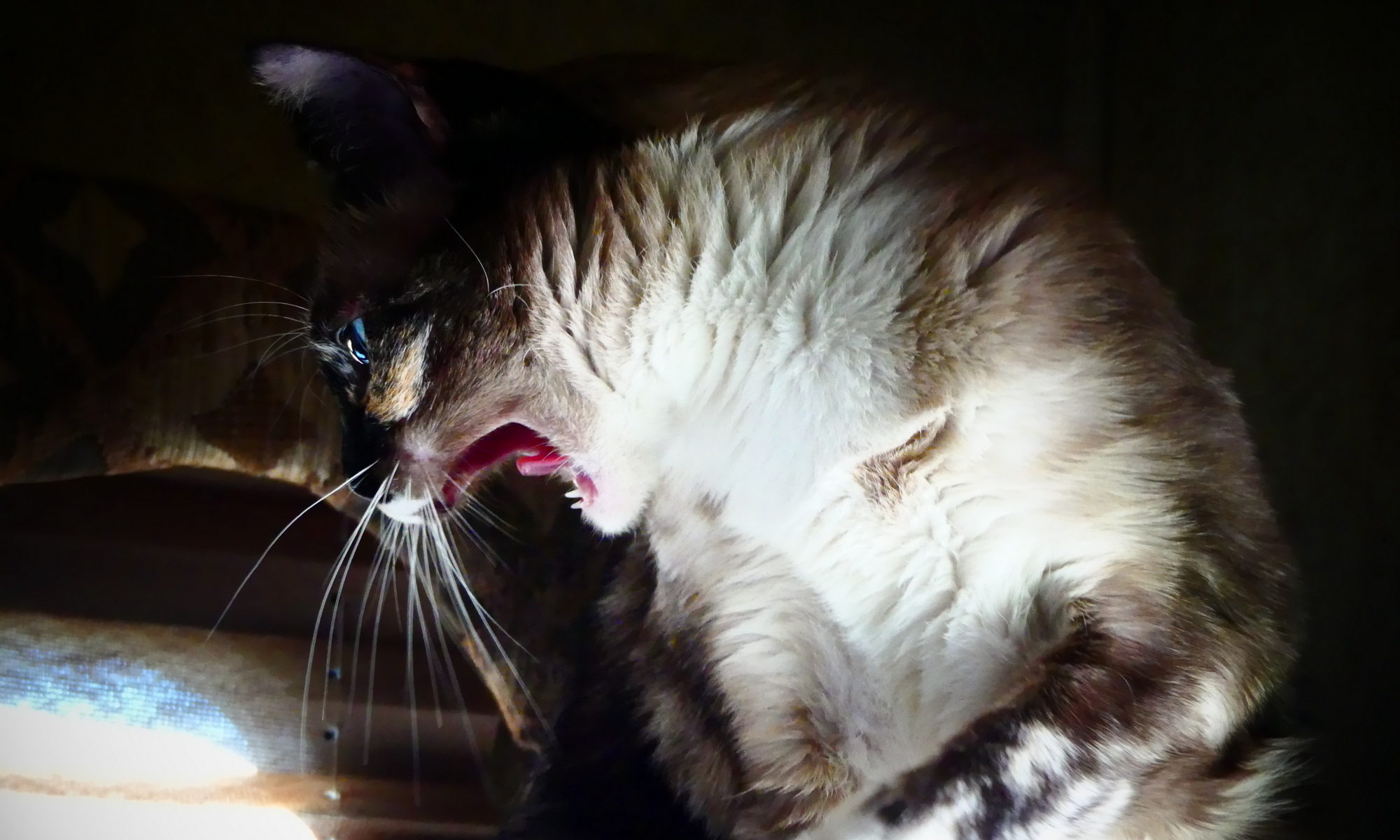“Phase IV” – (1974, USA, 93 minutes – rated PG)
The DVD version of Saul Bass’ only feature length film is missing 9 minutes, cut by producers. The cuts were mostly at the end of the movie, surreal images and sequences they probably figured would turn audiences off.
And perhaps they were right, although in the end “Phase IV” was not a commercial success and as a result, Bass did not make another feature film.
Some of these images can be seen in the trailer below:
“Phase IV” belongs to a certain pantheon of sci-fi and horror films, films which some would qualify as visionary, cerebral and other adjectives reserved for “2001: a space odyssey”, “Farenheit 451”, “Solaris” and “THX 1138” to name a few.
Not all of “Phase IV” is satisfying or even readily attainable, in other words. What it has are some of the most chilling images and sequences and a script which takes the audience seriously: contrary to much of the poster art, “Phase IV” is no exploitation movie.
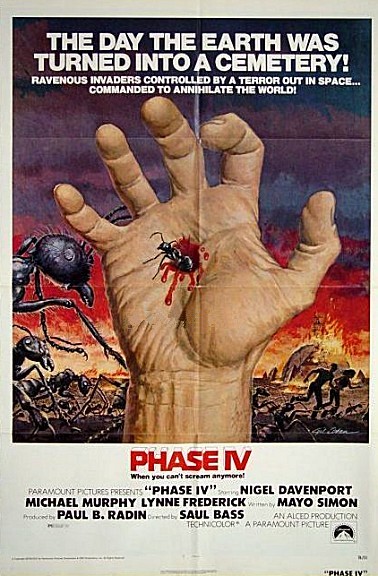 Bass ‘told’ this story via images and stunning micro-cinematic sequences. Regrettably, the DVD does not offer special features, not even a trailer or subtitles.
Bass ‘told’ this story via images and stunning micro-cinematic sequences. Regrettably, the DVD does not offer special features, not even a trailer or subtitles.
Bass was a world renowned graphic artist who designed title sequences for dozens of movies, for directors such as Alfred Hitchcock, Otto Preminger and Martin Scorsese.
Following a celestial event, which appears to be an alignment of planets, biologist Dr. Ernest Hubbs (Nigel Davenport) observes significant changes in ant populations.
The change is widely unnoticed around the world, but Hubbs uses his scientific reputation and skill as a fundraiser to secure what he needs to begin a localized study in Arizona.
He also obtains participation from a younger scientist, James Lesko (Michael Murphy), a mathematician with groundbreaking application of mathematics to animal linguistics.
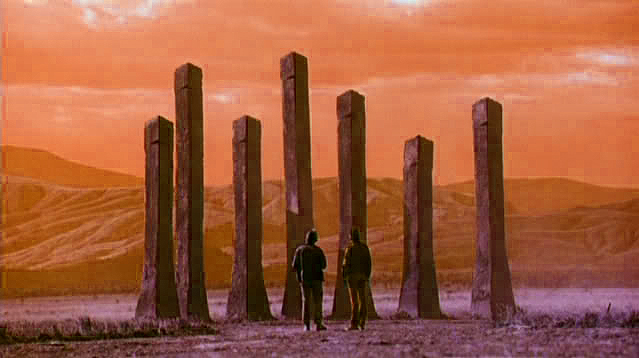
Lesko doesn’t quite grasp the scope of what Hubbs’ observations actually mean: different species of ants have stopped warring upon another, and are now collaborating in eradicating their natural predators such as spiders and other species, attacking livestock and presenting a growing threat to human populations.
In other words they are presenting evidence of a directed, collective mind. But what is their purpose?
Lesko and Hubbs begin their study within a self-contained spherical lab on a deserted mesa, in which a young girl named Kendra (Lynne Frederick) soon seeks refuge after her ranching grandparents are killed in an attack by the ants.
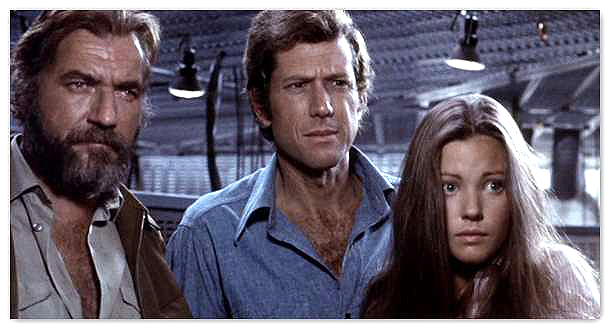
Soon, all three find themselves under siege both from without but also from within, after ant specimens are accidentally released by the girl in a fit of rage.
Some of the chilling images I mentioned above have to do with Hubbs and Lesko venturing outside the lab, having sprayed its perimeter with highly dangerous pesticide, both wearing self-contained suits, almost like astronauts.
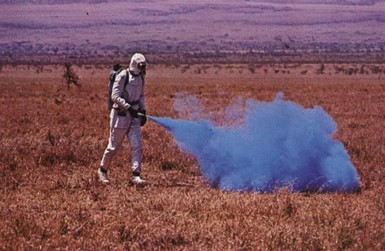
Very much like the scientists in “the Andromeda strain”, the image of humans requiring this level of protection outdoors, in the open, conveys a very elemental feeling of foreboding and paranoia: if we’re no longer safe in the open, where can we be?
They appear almost mechanical if not insectile themselves.
Lesko and Hubbs’ situation is worse by a good measure, however: their means are limited by budgetary and time constraints and Hubbs is deteriorating after an ant bit his hand in the lab.
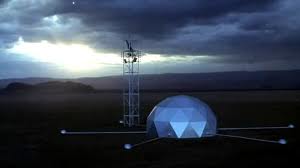 Other sequences and images which carry a real sense of horror are those showing the scientists’ examination of a dead sheep and a dead ranch hand, their bodies burrowed, tunneled into by ants seeking either food or refuge from the pesticide unleashed against them. Much has been written about the exceptional micro-photographic methods used by Ken Middleham (who also worked on “the Hellstrom chronicle”), and he provides yet another such frightful scene, in which black ants retrieve and arrange the carcasses of yellow ants in rows underground, after Hubbs and Lesko destroy their towers with sonic waves.
Other sequences and images which carry a real sense of horror are those showing the scientists’ examination of a dead sheep and a dead ranch hand, their bodies burrowed, tunneled into by ants seeking either food or refuge from the pesticide unleashed against them. Much has been written about the exceptional micro-photographic methods used by Ken Middleham (who also worked on “the Hellstrom chronicle”), and he provides yet another such frightful scene, in which black ants retrieve and arrange the carcasses of yellow ants in rows underground, after Hubbs and Lesko destroy their towers with sonic waves.
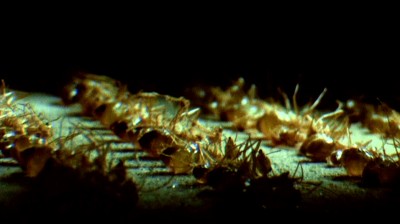
Throughout “Phase IV”, recurring visual cues and symbols hint at what is coming: squares and circles, sometimes combined are a form of language.
Unlike other films of its era such as “silent running”, “Phase IV” doesn’t preach at any time. Hubbs as the career scientist, who understands how research has to be marketed to be funded and Lesko who is still close to his ideals, each acts according to his own logic, even as a feverish Hubbs begins to lose grasp on reality.
As to the girl, she also has a role to play, a purpose other than offering a pretty face for audiences to look at. In the end, this controlled experiment becomes chillingly clear, as one of the scientists is destroyed and the other is changed, at the dawn of a not-so-brave new day.
“Phase IV” gets five jellybeans.
